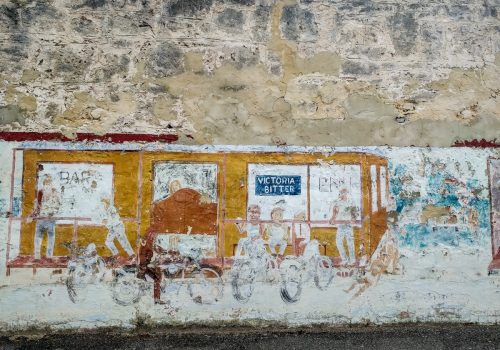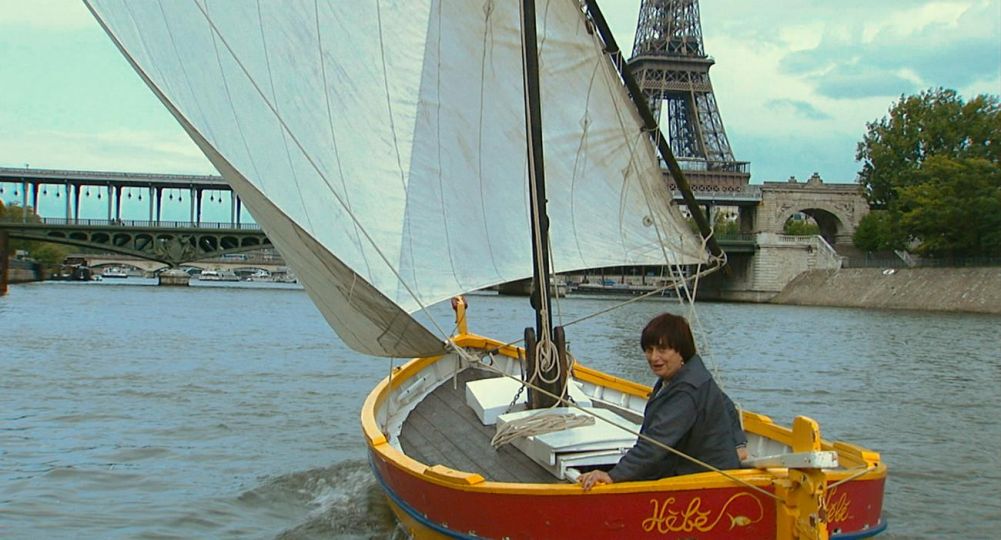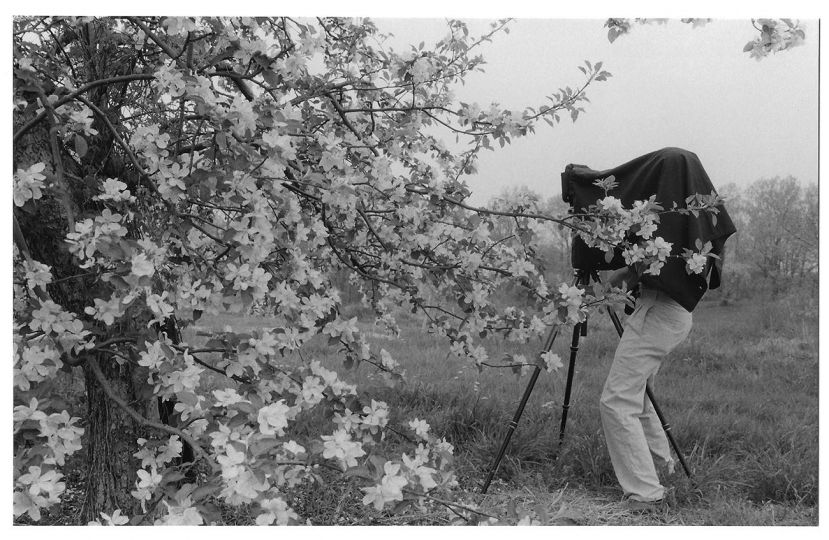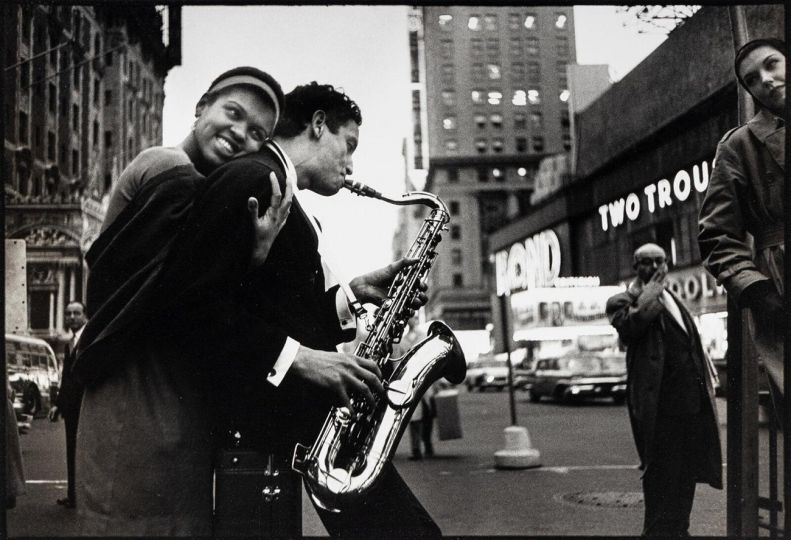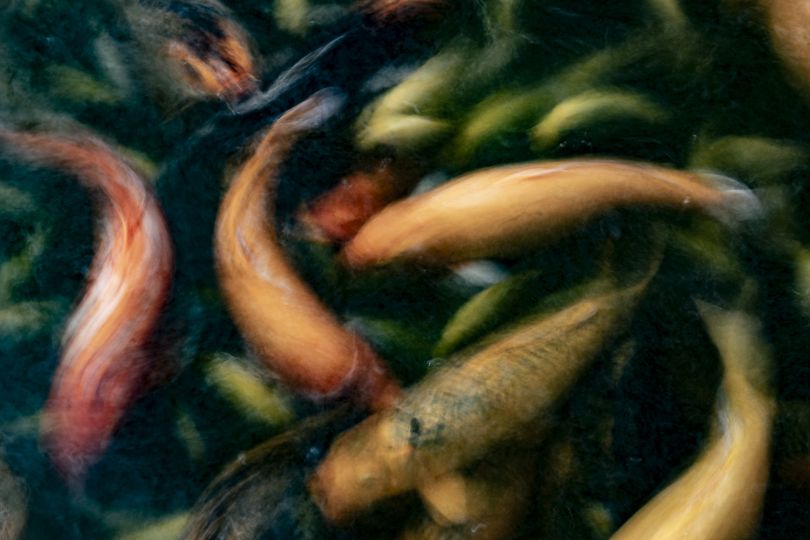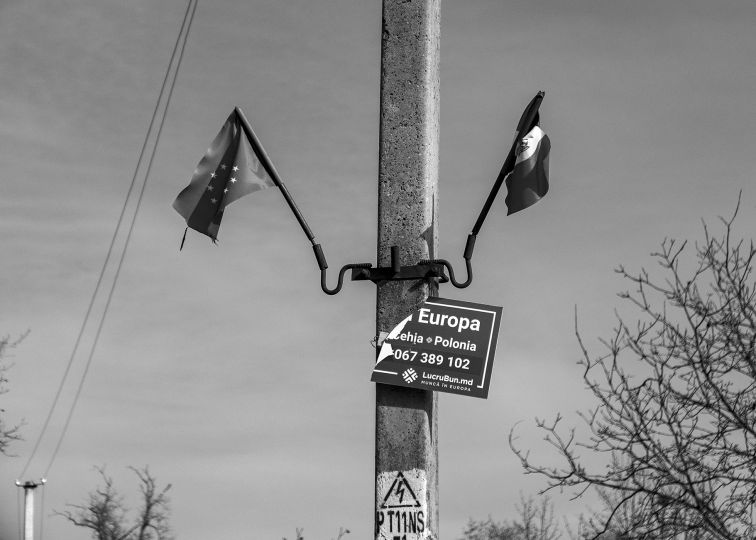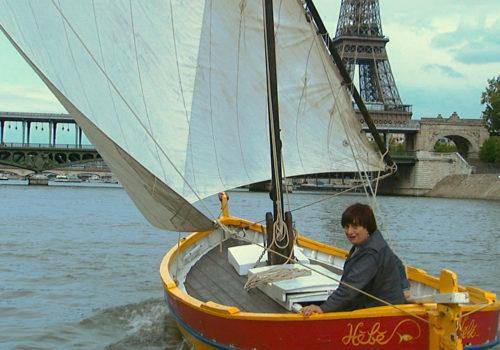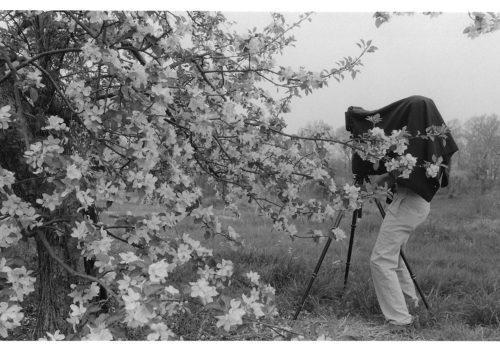To experience Fremantle Prison today is to be transported back to a dark time in Western Australia’s history. Initially conceived for British convicts in 1855, Fremantle Prison later housed local convicts; even women convicted of crimes such as idleness or loitering did time here. The prison’s history doesn’t lack for drama. Poor treatment of prisoners was the norm (a bucket served as a toilet for most prisoners) and changes came slowly, if at all. A riot took place in 1988, during which prisoners took guards hostage and a giant fire ensued. More than 40 hangings took place in the gallows of Fremantle.
This article is reserved for subscribed members only. If you are already a member, you can log in here below.
Subscribe for full access to The Eye of Photography archives!
That’s thousands of images and articles, documenting the history of the medium of photography and its evolution during the last decade, through a unique daily journal. Explore how photography, as an art and as a social phenomenon, continue to define our experience of the world. Two offers are available.
Subscribe either monthly for 8 euros (€) or annually for 79 euros (€) (2 months offered).

